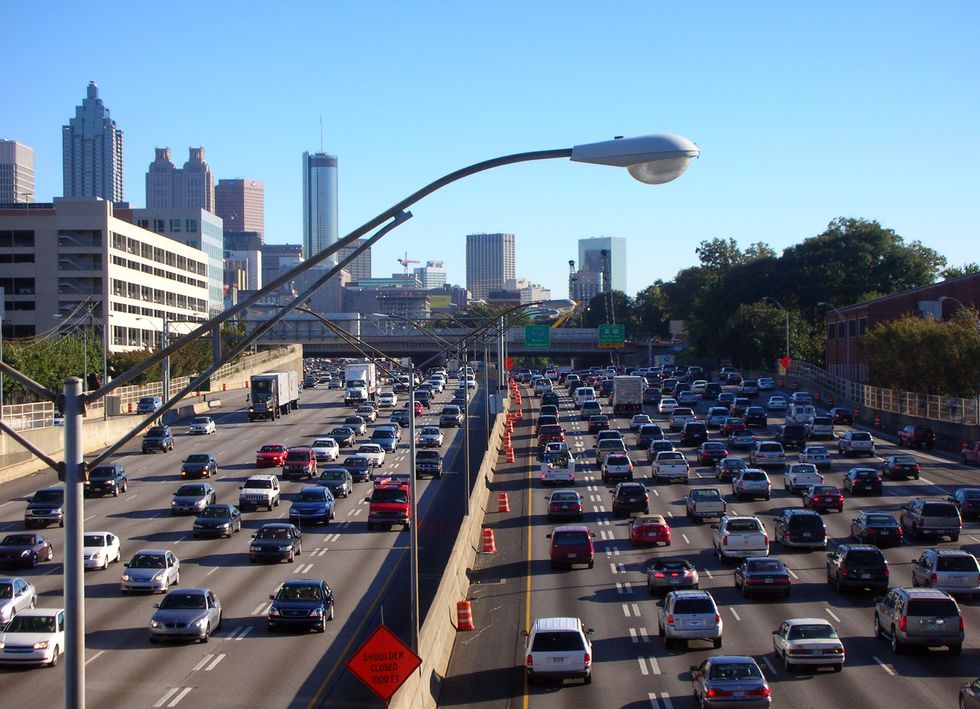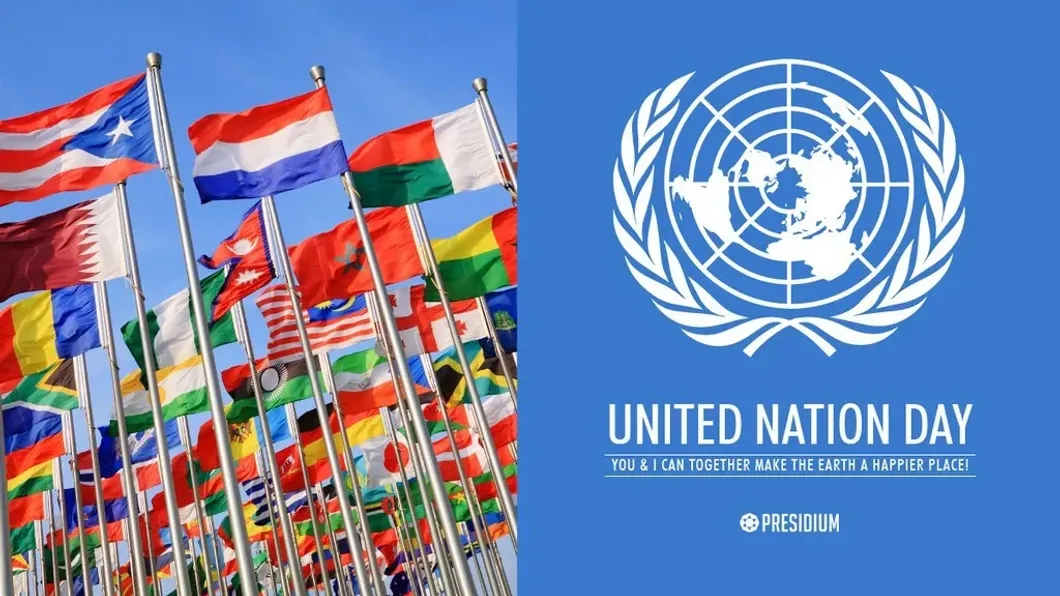As anybody who has ever driven into Atlanta knows, traffic is bad. Really bad. According to the TomTom traffic index, there are only 11 cities in the nation that have traffic congestion worse than Atlanta. This may not sound particularly damning until one considers the fact that Atlanta is the 38th most populous city in the nation. All indicators point to this problem becoming worse. Since 2010 the population of Atlanta has increased by over half a million, and this trend will only continue in the future. Most projections have Atlanta’s population increasing to almost 9 million by the 2040s, an increase of approximately 4 million people.
There are a number of reasons for the traffic congestion in Atlanta. The root cause of most of these is urban sprawl. For decades Atlanta has been expanding through a seemingly endless amount of suburbs. The problem is that most of the people residing in this suburbs work in the metropolitan area itself. Twice a day there is a huge movement of people in and out of the city. The rates of congestion are highest during the morning and evening rush hours when these people are going in to or getting off of work.
This wouldn’t be an issue if Atlanta had a sophisticated public transportation system that could accommodate this daily movement of people. However, MARTA is severely underdeveloped, paling in comparison to the transportation infrastructure boasted by other major cities. Plans to expand MARTA are in the works but any major structural improvement would likely take a decade or more to complete. In the foreseeable future people will continue to be forced to use cars for their commutes due to a lack of legitimate alternatives.
A third reason for the congestion has to do with the Atlanta Downtown Connector. The connector is one of the primary ways to enter Atlanta and is one of the most congested areas in the city. The connector was initially constructed almost half a century ago. At the time the connector was designed to accommodate thru traffic into the city. This would accommodate the commuter traffic we see today, but an issue has arisen. The connector is now being used predominantly by local traffic for intercity travel. This causes serious congestion and unsafe driving environments where cars get on the connector, only to cut across multiple lanes to make a quickly upcoming exit.
There are a number of ways that the city is looking to solve the congestion problems. Some alternatives include building transportation infrastructure specifically for intercity travel. These ideas range from building additional bridges or tunnels to investing heavily in public transportation infrastructure. There are also other options that could solve the problem in a more roundabout way. These options include simply closing down ramps onto the connector, charging a toll on the connector, limiting parking in the city, and attempting to reduce urban sprawl through incentivizing living in the city. It’s not clear what the best option is, but it is clear that something needs to be done soon.






















 sunrise
StableDiffusion
sunrise
StableDiffusion
 bonfire friends
StableDiffusion
bonfire friends
StableDiffusion
 sadness
StableDiffusion
sadness
StableDiffusion

 purple skies
StableDiffusion
purple skies
StableDiffusion









